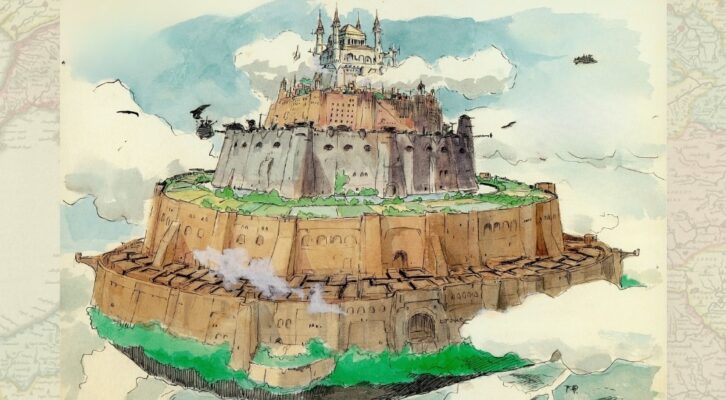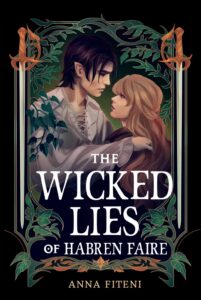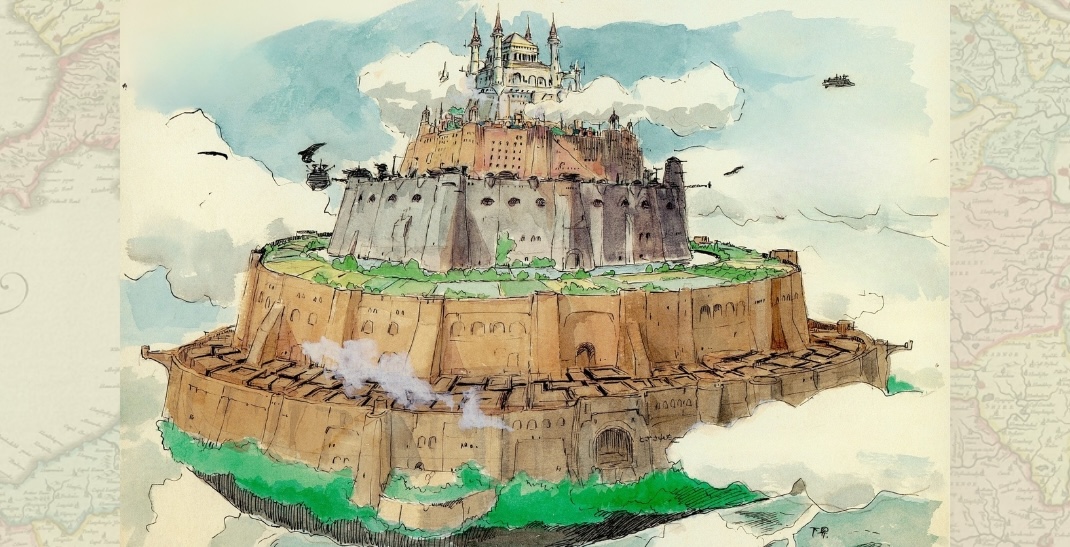
Anna Fiteni Explores What Welsh Culture Has to Do With Fleetwood Mac, Lord of the Rings, Hayao Miyazaki, and More
Wales is a country with a population of 3.1 million. It’s about 8,000 square miles, which means it could fit inside Texas roughly 26 times. People like to debate whether Wales even counts as a country.
Article continues after advertisement
Yet, despite our relatively small size, Wales manages to connect Taylor Swift, Fleetwood Mac, J.R.R. Tolkien, Hayao Miyazaki, Sarah J. Maas, and more fantasy authors and artists than I have time to name through our rather large literary legacy. From our myths to the Mabinogion, to our once endangered language, and our great poets like Dylan Thomas, Wales has had an incredible influence on global culture—particularly in the fantasy genre.
The character names in many western fantasy books today would sound right at home in a Welsh classroom, and numerous plots draw on our myths and history. However, the majority of these books aren’t written by Welsh authors and, often, these authors aren’t consciously referencing Wales. Rather, they’re repeating long established tropes and using words that, put simply, just sound fantastical to them. The same often happens to Gaelige or Scots Gaelic. Part of this can be linked back to the series that was a first introduction to fantasy for many: The Lord of the Rings.
While centuries of English governance strived to eradicate the language, many in Wales fought to preserve it.
I first became aware of Wales’ legacy as a great influence on western fantasy literature when I sat down to watch The Lord of the Rings for the first time at nine years old, and I realized that Sindarin sounded remarkably familiar. I discovered that the Elven language was based on Welsh, which I was learning at that time from rather dull weekly lessons at school. Tolkien had a particular love for the Welsh language. Welsh was banned in legal proceedings from 1535 to 1967, restricted from schools through the use of the Welsh Not in the nineteenth century, and only given equal footing with English in 1993.
While centuries of English governance strived to eradicate the language, many in Wales fought to preserve it. Tolkien “deliberately modeled” names of people and places on Welsh, while utilizing a similar consonant mutation system in Sindarin. The Welsh influence on Tolkien’s work was thoughtful and meaningful, and, because of Tolkien’s enormous role in shaping fantasy writing as we know it, has bled further into fantasy writing at large.
The Welsh landscape has also had a remarkable influence on the imagery of fantasy novels—The Shire in particular draws on the hilly valleys of Wales—and in fantasy depicted on screen. It’s worth noting that Wales has over 600 hundred castles, with many tourists flocking to them from all over the world every year, so it isn’t hard to spot Wales’ aesthetic inspiration in modern fantasy.
This aesthetic influence is most interesting, however, when it is used in tandem with Welsh history. Hayao Miyazaki, the legendary director of Studio Ghibli, visited Wales in 1984, where he witnessed the ongoing miners’ strikes set against the lush, green backdrop of the Welsh countryside, which went on to inspire Studio Ghibli’s first film, Laputa: Castle in the Sky.
I wasn’t aware of this until I was a teenager and a joint cultural exhibit between Wales and Japan opened in my home city, Cardiff, with a display highlighting the influences behind Miyazaki’s works. I found this particularly moving, as we still feel the effects of the mine closures in Wales to this day. To see an artist from as far away as Japan empathize with the miners’ struggle and intentionally incorporate that, alongside the beautiful Welsh landscape, into a film was incredible.
Perhaps the place most people have encountered Wales’ influence on pop culture is through the songs of Fleetwood Mac. Their 1975 song “Rhiannon” is loosely inspired by the story from The Mabinogion, a collection of early Welsh stories, which Stevie Nicks read a reinterpretation of in the novel Triad by Mary Leader. Nicks would also later become interested in Evangeline Walton’s adaptation of The Mabinogion, so much so that she bought the rights to the works.
I hope that, in the future, more Welsh authors will be given the chance to tell our stories with the same reach as authors taking inspiration from Wales.
Both Leader and Walton’s works saw a rise in popularity in the 70s as many women became interested in pagan religions, which often depicted female mythological figures as powerful and complex. Interestingly, it’s the work of a female translator that initially brought attention to The Mabinogion, which went on to have such a large influence over fantasy fiction. Lady Charlotte Guest’s collection, published in 1838, was the first to present the stories bilingually in English and Welsh. Her publication of The Mabinogion brought Welsh mythology into the public consciousness, where it has stayed long enough to inspire Fleetwood Mac and, more recently, authors like Sarah J. Maas.
There is burgeoning discourse about how Welsh mythology and folklore have been used by authors from outside Wales. Much of this has been overblown due a cultural panic about “fairy porn”—an uproar that happens any time women enjoy a genre of literature, but particularly romance. I’ve had a laugh a couple of times when I’ve told American friends that I went to a Calan Mai party when I was seven, to which they asked me if there really were orgies like in A Court of Thorns and Roses, and I got to tell them that no, there weren’t—just a maypole and some cheese bread.
Wales became inextricably tied to the fantasy genre the moment Tolkien came to visit and wrote a series so beautiful it’s survived the test of time and gone on to influence writers working to this very day. Not only that, Tolkien and Guest, beyond their creative work, actively supported the Welsh language, while Miyazaki took inspiration from Wales’ workers’ rights movement to tell a universal story about environmentalism and greed.
The issue is that Wales often doesn’t get its due credit from modern writers and readers. Sometimes the use of Welsh language and culture in fantasy fiction lacks intention, and proper understanding of where these well-established tropes form. I find this particularly troubling as Wales has a long history of being erased and treated as nothing more than just a part of England, despite centuries of fighting to preserve our unique identity. Most importantly, I hope that, in the future, more Welsh authors will be given the chance to tell our stories with the same reach as authors taking inspiration from Wales.
So, the next time you pick up a fairy romance (The Wicked Lies of Habren Faire is out everywhere now, but no pressure…), turn on The Lord of the Rings, or listen to some 70s folk rock, spare a thought for us and our castles across the sea—it’s probably raining here.
__________________________________

The Wicked Lies of Habren Faire by Anna Fiteni is available from Little, Brown Books for Young Readers.
